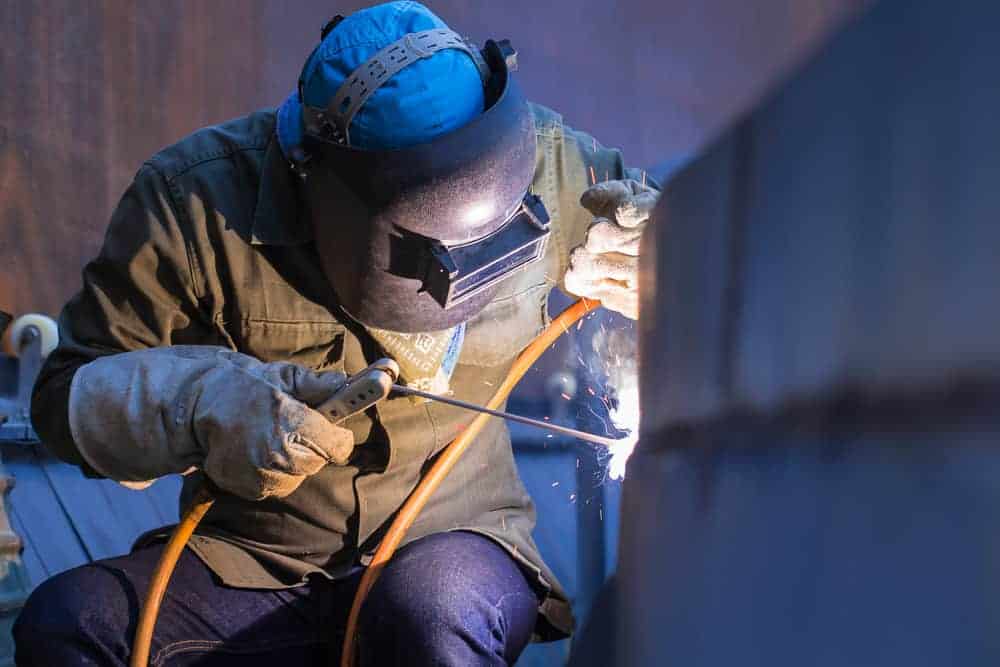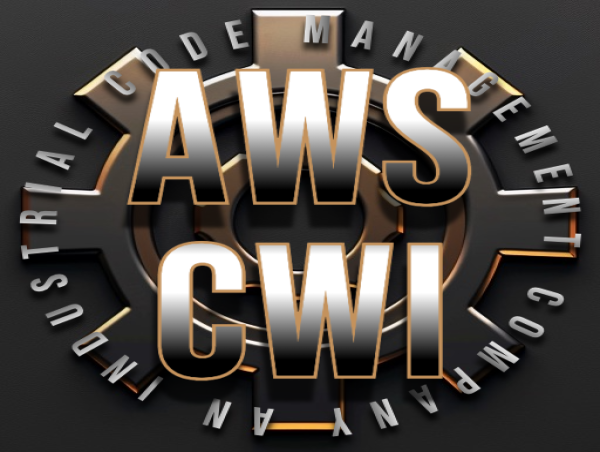The Impact of Welding Inspection Milwaukee on Job Success and Compliance
The Impact of Welding Inspection Milwaukee on Job Success and Compliance
Blog Article
A Comprehensive Guide to Welding Assessment Techniques and Best Practices for Top Quality Assurance in Construction Projects
Welding examination offers as a fundamental column in guaranteeing the architectural honesty and safety of made jobs. Establishing reliable methods and a robust quality monitoring system can enhance compliance and integrity.
Importance of Welding Evaluation
Welding inspection is an essential part in ensuring the stability and security of welded frameworks. The process involves a systematic assessment of welds to identify any problems that may compromise the strength and resilience of the last item. Efficient examination is vital not just for compliance with industry criteria and laws yet likewise for protecting the wellness and safety and security of workers and the public.

Additionally, welding examination offers as an important device for continual enhancement in manufacture procedures. Ultimately, focusing on welding assessment fosters a society of high quality guarantee, making sure that projects fulfill both client assumptions and regulative requirements.
Usual Welding Evaluation Strategies
Various methods are used to examine welds, each customized to spot details types of flaws and make certain quality. Amongst one of the most typically used approaches are visual evaluation, ultrasonic screening, radiographic screening, magnetic particle testing, and dye penetrant screening.
Aesthetic inspection is the most simple strategy, allowing inspectors to determine surface area abnormalities such as cracks, porosity, and undercutting. Ultrasonic testing utilizes high-frequency acoustic waves to detect internal defects, giving a comprehensive assessment of weld integrity. Radiographic testing uses X-rays or gamma rays to produce pictures of the weld, disclosing inner defects that are not visible to the naked eye.
Magnetic particle testing is particularly efficient for ferromagnetic materials, determining surface and near-surface flaws by using magnetic areas and making use of great particles that indicate irregularities. Dye penetrant screening entails using a tinted color to the weld surface area, which permeates right into cracks and is revealed under ultraviolet light, making it very easy to detect issues.
Each of these strategies plays a crucial role in keeping welding top quality, and the option of an ideal approach depends upon the particular requirements of the construction project, including product kind, weld setup, and the preferred level of inspection.
Vital Evaluation Tools


Measuring tools, consisting of calipers, evaluates, and leaders, are vital for verifying tolerances and measurements. These tools assist guarantee that welds satisfy the required specifications for strength and sturdiness. In addition, ultrasonic screening tools are used to spot internal flaws without jeopardizing the stability of the weld. This non-destructive screening approach is vital for determining issues that may not be noticeable on the surface.
An additional vital device is the firmness tester, which analyzes the mechanical residential properties of a weld and determines its suitability for specific applications. Welding assessment software aids in documenting findings, facilitating data evaluation, and ensuring compliance with industry criteria. Together, these crucial inspection tools develop a thorough collection that supports the welding inspection procedure, eventually adding to the quality control of manufacture jobs.
Best Practices for Quality Control
In the search of quality control, carrying out ideal methods is essential for attaining regular and trusted welding end results. Establishing a detailed welding high quality monitoring system (WQMS) is basic. This system ought to include defined treatments, standards, and documents methods that guide every phase of the welding process.
Normal training and accreditation of welding personnel are crucial. Experienced welders with upgraded understanding of techniques and safety and security measures contribute considerably to quality. Performing pre-welding examinations guarantees that materials and tools satisfy specified standards, decreasing the chance of flaws.
Incorporating real-time monitoring throughout the welding process permits for instant discovery of irregularities, making it possible for restorative activities to be taken without delay. Post-welding inspections, consisting of aesthetic checks and non-destructive testing (NDT), are vital in validating weld integrity and conformity with market standards.
Additionally, keeping precise records of examinations, weld criteria, and corrective activities cultivates a society of responsibility and continuous renovation. official source Engaging stakeholders in normal top quality testimonials can additionally enhance the overall effectiveness of top quality guarantee steps. By adhering to these finest methods, organizations can significantly boost their welding quality assurance initiatives, thereby making certain task success and client complete satisfaction.
Enhancing Safety and Conformity
Accomplishing high standards in welding quality control naturally straightens with the essential of boosting security and compliance within the industry. Effective welding inspection techniques are critical in making certain and determining possible risks that all processes comply with regulative standards. These techniques not just serve to keep structural integrity however likewise safeguard the health and wellness and safety and security of important link employees involved in fabrication projects.
Applying rigorous evaluation protocols, such as aesthetic evaluations, non-destructive screening (NDT), and detailed documents, establishes a culture of safety and security and accountability. Educating welders and assessors in existing safety and security laws and ideal methods is vital. This makes certain that all staff member understand prospective threats and are furnished to reduce them.
Moreover, conformity with industry requirements, such as those established by the American Welding Culture (AWS) and the International Company for Standardization (ISO), is non-negotiable. Regular audits and assessments aid determine gaps in safety measures and promote continuous renovation - Welding Inspection Milwaukee. Inevitably, a dedication to enhancing safety and security and compliance not just promotes a much safer working setting yet additionally causes superior top quality end results and minimized liability for organizations participated in welding construction
Conclusion

Welding assessment serves as a basic column in ensuring the architectural honesty and safety of made tasks.Welding evaluation is an important component in guaranteeing the integrity and security of bonded structures. Ultimately, prioritizing welding evaluation promotes a culture of high quality assurance, ensuring that projects meet both customer expectations and regulative demands. With each other, these crucial assessment devices create a detailed toolbox that sustains the welding inspection process, ultimately adding to Related Site the quality guarantee of fabrication jobs.
In final thought, reliable welding evaluation is necessary for guaranteeing the architectural stability and safety and security of fabricated jobs. Welding Inspection Milwaukee.
Report this page